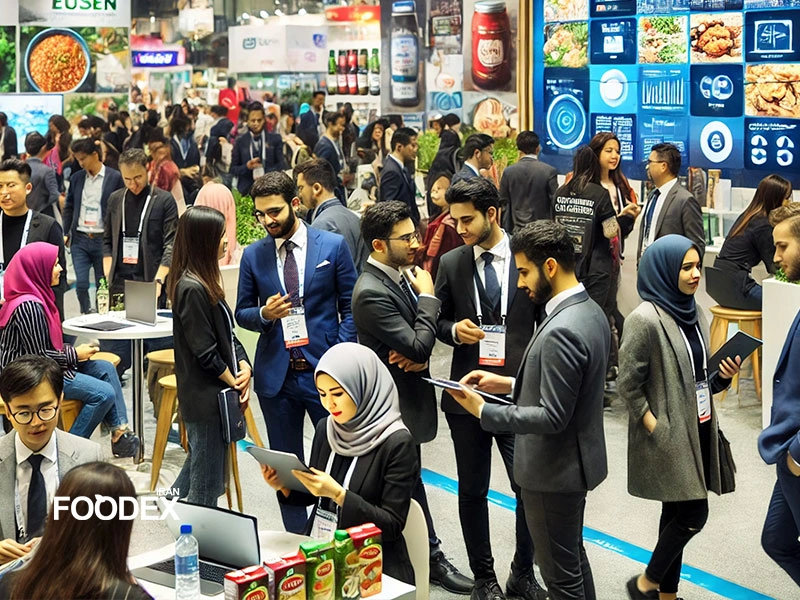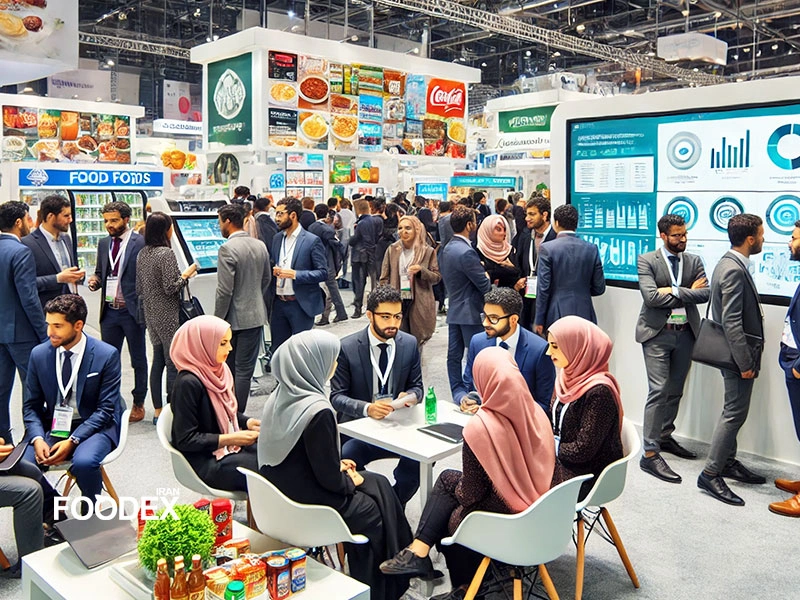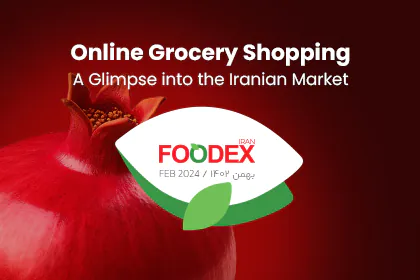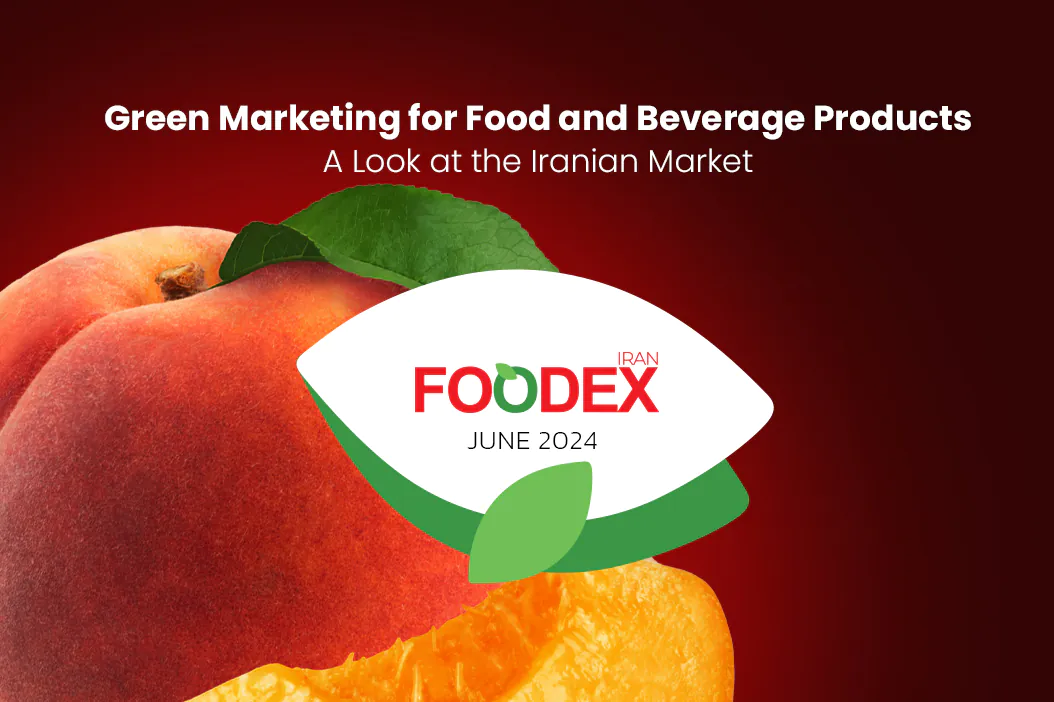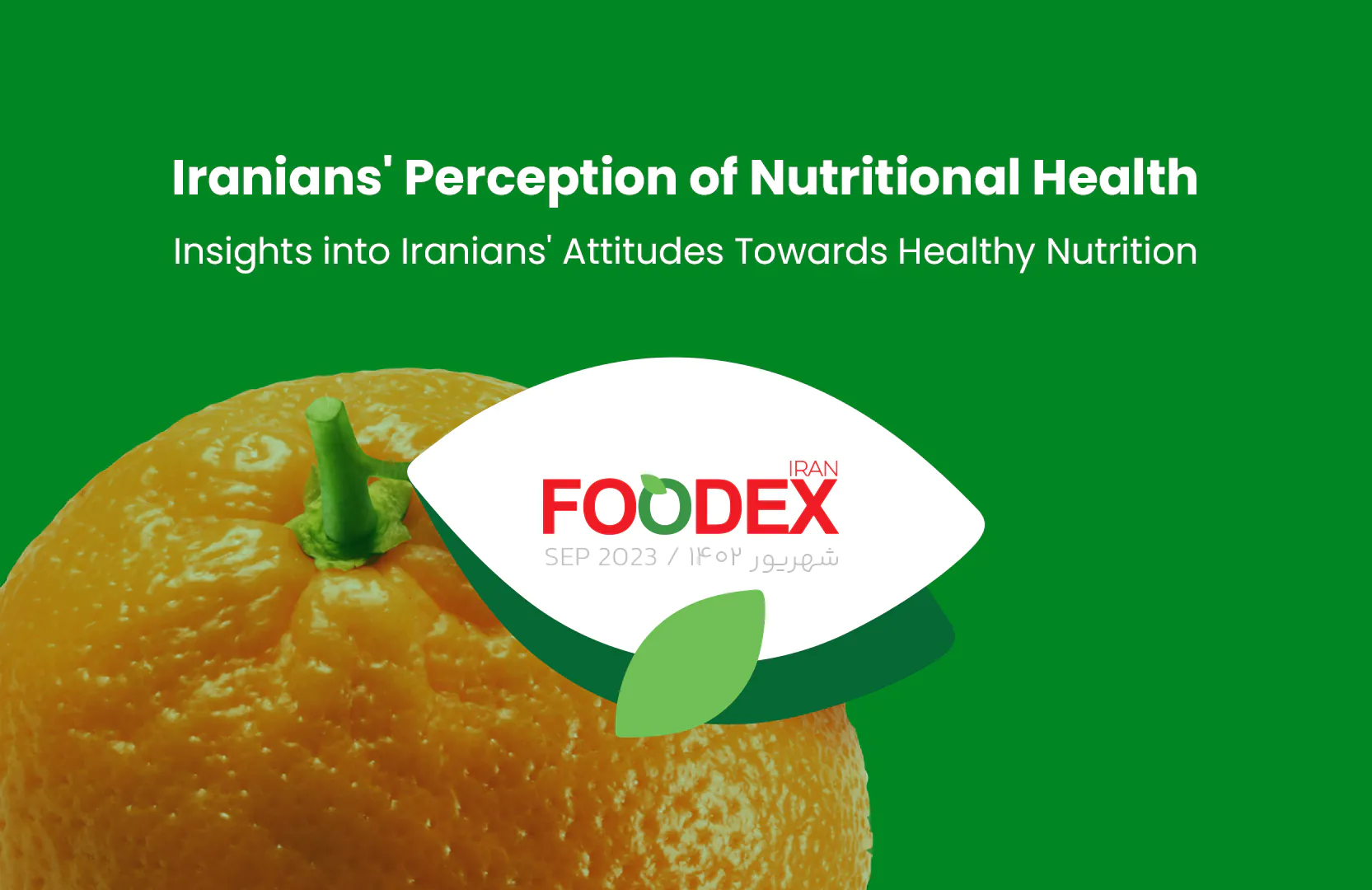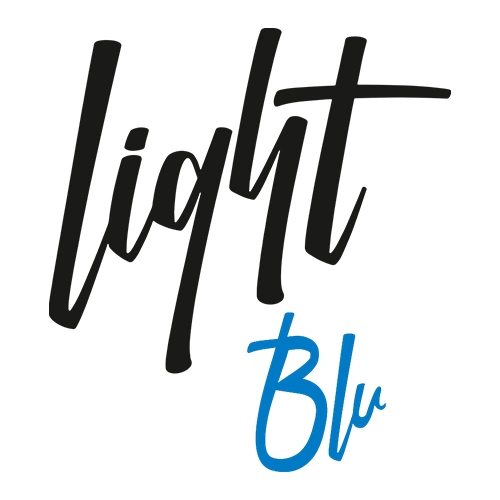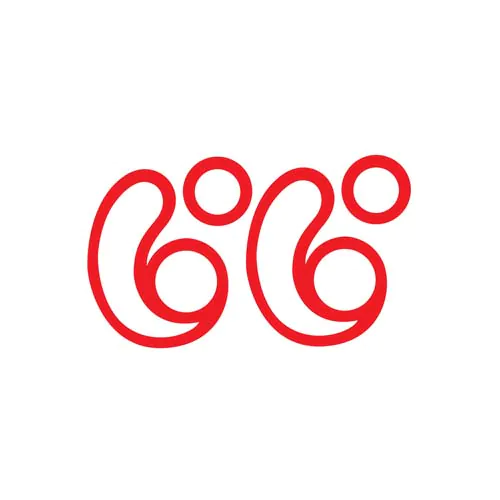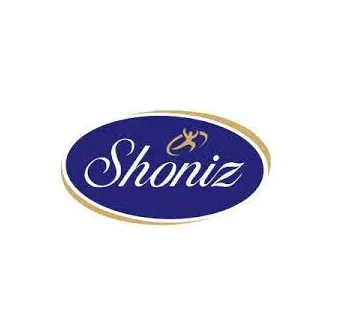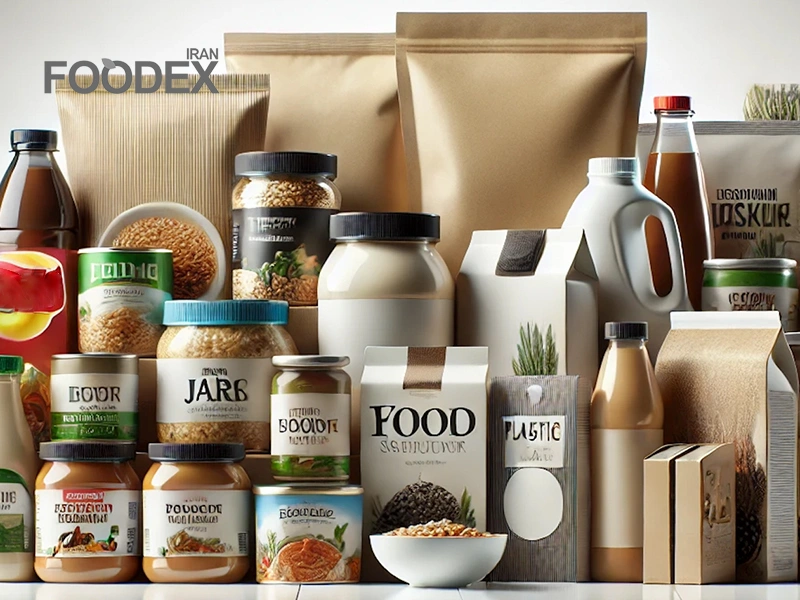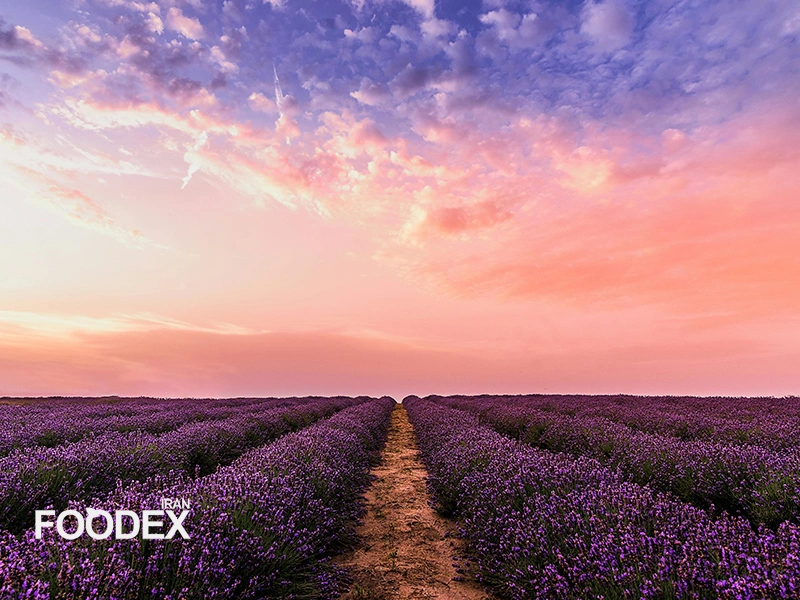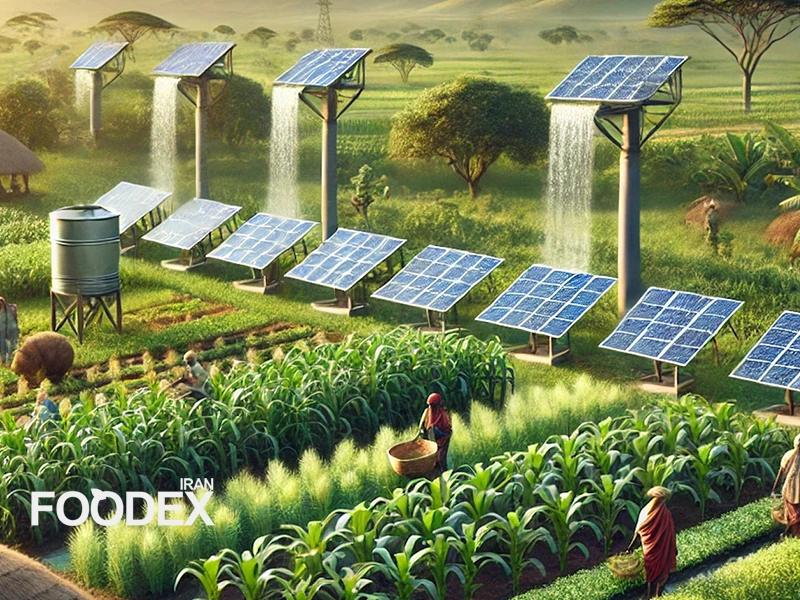Even as digitization has taken over the world, no match exists for face-to-face interaction in the food industry. Conferences, trade shows, and sessions of specialization are perfect avenues wherein professionals from the food industry can meet up with suppliers, partners, and clients and solidify their professional relationships.
In this article, Foodex we will cover how industry events are important to forming strong relationships, the types of events you should attend, how to prepare, and the key strategies for making the most of your networking opportunities.
Part 1: Key Industry Events for Relationship Building in Food
Within the food industry, events can range from anything to everything and offer certain opportunities with regard to networking and relationship building. Whether it be international trade shows or virtual conferences, these events are ideal for professionals to connect and grow their business.
International and Specialized Food Trade Shows
International trade shows mean several very important events in the industry when companies of all scales come together to present their novelties and find buyers and suppliers. The best examples are Gulfood in Dubai, SIAL in Paris, and Anuga in Cologne.
For instance, at Gulfood-a conference of food companies from over 100 countries-food industry executives meet with distributors and buyers from across the globe, find new contracts, and grow.
Virtual Conferences and Online Events
The COVID-19 pandemic forced many events to go virtual, and online conferences and webinars were born. Such digital events present ways through which companies can network with peers without necessarily their physical presence. There are comparable possibilities at lesser cost.
For example, Virtual SIAL and Foodtech Live became very critical during the pandemic and continue into the post-pandemic era as leading networking and knowledge-sharing platforms for the industry.
Part 2: How to Prepare for Industry Events
So, you’re heading to an event; this is just the beginning, and being prepared will go a long way toward maximizing the benefit of the opportunities. Here is how you get ready for success.
Setting Goals and Researching Attendees
Establish clear goals. Are you looking for new suppliers? Are you trying to reach foreign markets? Do your homework on who will attend the event so you know whom to target.
For say, if you would like to collaborate with international companies, research the companies participating in advance and send an introductory email or message on LinkedIn prior to the event.
Come Up with a Strategy for Attracting Colleagues and Potential Customers
Have an effective way of attracting an audience to you at the event. This can include a catchy elevator pitch, samples of your products, or even scheduling private meetings during the event to discuss potential partnerships.
As an example, a small organic food company might prepare samples of its products to share at its booth, therefore attracting attendance and creating interest which could result in the acquisition of new clients.
Elaborate Your Professional Profile, Update Your Tools
It goes without saying, your professional profile be that your LinkedIn or a website about yourself should be updated. You may also want to prepare digital business cards in advance, or even brochures with catchy images. First impressions matter, so you need your communication tools to represent both your brand and professional standing.
Part 3: Key Networking Tips for Industry Events
Showing up is half the battle, but it is what you do during the event that makes all the difference. Following is some of the key strategies for making meaningful connections.
Active Participation
One of the best ways to get noticed and also start new conversations is by being an active participant in panel discussions, workshops, and networking sessions. This also positions you as a thought leader in your field.
For instance, visiting a workshop at Anuga may bring you in contact with manufacturers looking for a partner in another country; this may be the door-opener toward international collaboration.
Turn Conversations into Long-Lasting Relationships
At the end of such a conversation, make sure to follow up on who you met. An e-mail after the event or connecting via LinkedIn can seal new relationships, making your brief encounter a lasting professional connection.
As an instance, if you find a new supplier at a conference, send a follow-up thank-you email and propose a meeting to discuss potential collaborations further.
Make the Most of One-on-One Meetings and Business Appointments
One of the most effective ways to engage a contact is to request a one-on-one meeting with key participants well in advance of the event. This alone time enables you to discuss in greater detail partnerships and agreements that could interest you.
For example, on Gulfood, many companies have private meetings with suppliers to discuss the finer details of the contract before making any deal.
Part 4: Following Up with Digital Networks
When the event is long over, keeping those new connections alive is paramount. Email, LinkedIn, and other digital networks are perfect for follow-through interactions that keep relationships not only alive but growing.
How to Follow Up?
Such thank-you messages after the event can keep the contact warm, perhaps by keeping the conversation going. It’s also a chance to mention possible further meetings or joint projects ahead in order to maintain the impetus.
Of course, some even secured a major distribution deal internationally among beverage companies in SIAL through follow-up messages on LinkedIn.
Make the Most of Event Content for Social Media End
But one really clever way to keep this networking ball rolling is by sharing content from the event onto your social media platforms. You are increasing your visibility this way, and that will keep you top of mind for your new connections.
Conclusion and Recommendations
Events within the industry are the finest means of contact building and contact maintenance in food business. These contacts can be developed into long-standing and viable relations when combined with active participation, proper preparation, and thorough follow-up of these events.
Networking opportunities should be made available anytime, anywhere to maximize the use of all tools, from personal interactions down to using cyber networks. Always be vigilant to enhance the relationships initiated.
Sources
Gulfood. 2021. Connecting Global Food Industry Leaders at Gulfood. Accessed from www.gulfood.com.
SIAL Paris. 2020. Building Global Networks in the Food Sector: SIAL Case Study. Accessed from www.sialparis.com.
Anuga. 2021. Networking Strategies at Anuga Trade Show. Accessed from www.anuga.com.
Ehsan Allahverdi
Executive Manager of Foodex Iran
Marketing Consultant for Leading Food & Beverage Brands
website | linkedin


